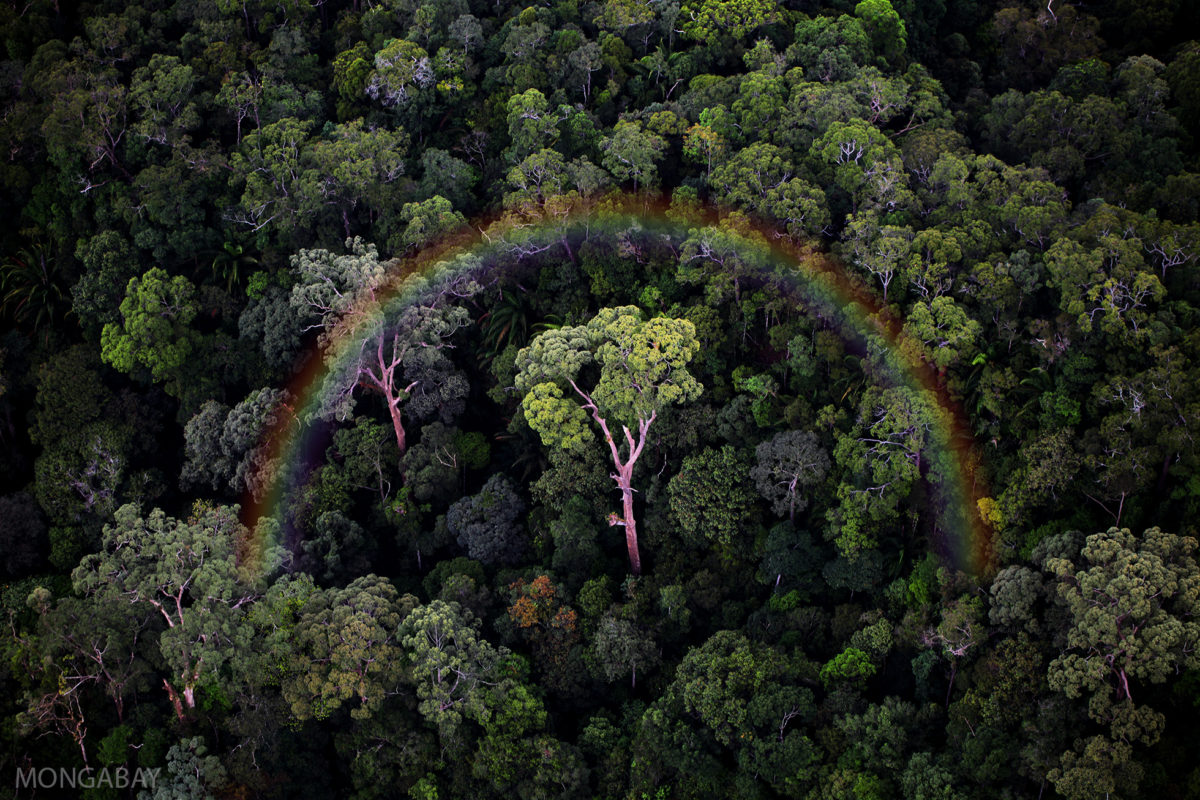- The expansion will add a further 2,500 square kilometers of prime habitat for the big cats, which conservationists hope will increase the protected region’s tiger capacity to more than 40 adults.
- The new addition, called Bara Forest, was previously operating under a medium level of protection, which conservationists contend was not enough to protect tigers from human disturbance.
- By bringing Bara Forest into the high-level protection fold, conservationists hope to promote greater habitat connectivity in one of the tigers’ last strongholds in Nepal.
Good news for tigers came last week with government approval of an extension for Parsa Wildlife Reserve in Nepal. The addition will add a further 2,500 square kilometers of prime habitat for the big cats, which conservationists hope will increase the protected region’s tiger capacity to more than 40 adults.
Worldwide, tiger numbers have declined 95 percent over the past century due largely to habitat loss, overhunting of tiger prey species, and hunting of tigers themselves. Latest estimates peg Nepal’s Bengal tiger (Panthera tigris tigris) population between 163 and 235, the majority of which live in Chitwan National Park. However, conservationists say Chitwan is reaching its maximum tiger capacity, and more protected habitat is vital for their recovery.
Parsa Widlife Refuge shares its western edge with Chitwan National Park and supports 10 adult tigers. Conservationists with Zoological Society of London (ZSL) say this is because of habitat differences and Para’s lower prey densities. With this new expansion, they hope to increase the refuge’s tiger population by a further 30 or 40 adults.


The new addition, called Bara Forest, was previously operating under a medium level of protection, which ZSL contends was not enough to protect tigers from the illegal cattle grazing, poaching, and other human disturbances that were happening in the region. In collaboration with Nepal’s Department of National Parks and Wildlife Conservation, ZSL is planning to establish an anti-poaching front in Bara comprised of 13 local communities, as well as systematically monitor the forest through camera trapping and surveys.
The ZSL team has already been checking out Bara, and has found evidence of tigers, as well as possibly other at-risk species like the endangered fishing cat (Prionailurus viverrinus) and the threatened smooth-coated otter (Lutrogale perspicillata). They also observed logging activities taking place in the core of the forest.
By bringing Bara Forest into the high-level protection fold, conservationists hope to reduce human impact by through monitoring and enforcement projects, and ultimately promote greater habitat connectivity throughout the Chitwan-Parsa tiger complex – one of the endangered cat’s last strongholds in Nepal.

















